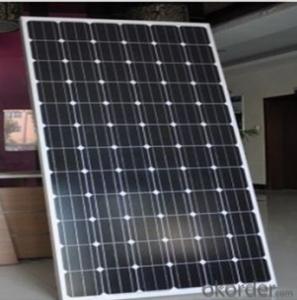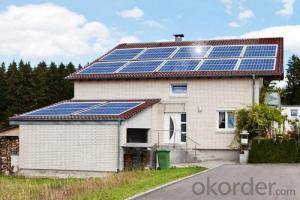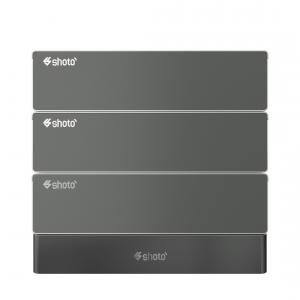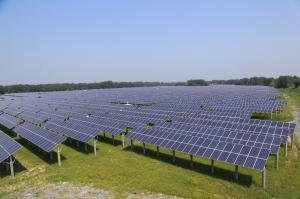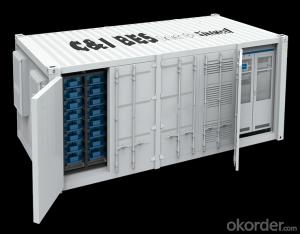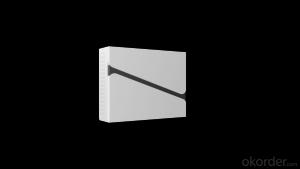45kw Solar Inverter
45kw Solar Inverter Related Searches
Best Inverter Solar Panel Solar Panel On Roof Rack Inverter To Solar Panel Ratio Solar Panel Decking Lights Solar Panel Inverter Box 1000 Watt Solar Panel Inverter 12 Volt Solar Panel Inverter Plastic Solar Lanterns Buy Solar Panel Inverter Solar Panel Inverter CostHot Searches
Type Of Inverter For Solar Types Of Inverter For Solar Used Solar Inverter For Sale Inverter Size For Solar System Solar Edge Inverter For Sale 5kw Solar Inverter For Sale Solar Inverter For Sale Solar Inverter For Battery Solar Inverter For Split Ac Solar Inverter For Laptop Solar Inverter For Fridge Solar With Inverter Price Solar Inverter With 2 Battery Solar Inverter Price In China Best Solar Inverter In China Solar Inverter Price In Dubai Solar Inverter Price In Uae Solar Inverter Price In Kenya Solar Inverter Price In Kerala Solar Hot Water Collectors For Sale45kw Solar Inverter Supplier & Manufacturer from China
Okorder.com is a professional 45kw Solar Inverter supplier & manufacturer, offers integrated one-stop services including real-time quoting and online cargo tracking. We are funded by CNBM Group, a Fortune 500 enterprise and the largest 45kw Solar Inverter firm in China.Hot Products
FAQ
- Yes, solar energy systems are suitable for residential use. They provide a clean and renewable source of energy, reduce electricity bills, and help homeowners become more self-sufficient. With advancements in technology and decreasing costs, solar energy systems have become increasingly popular and accessible for residential use.
- The maintenance cost of a solar energy system can vary due to factors such as system size, component type, and installation location. Solar energy systems generally require minimal maintenance and are considered low maintenance compared to other energy generation methods. Regular maintenance tasks for a solar energy system may involve cleaning the solar panels for optimal performance, inspecting wiring and connections for damage or loose connections, and checking the inverter for proper functioning. These routine maintenance activities can be done by the system owner or a professional technician. The cost of maintaining a solar energy system is typically low. Basic equipment and materials are sufficient for cleaning solar panels, and the frequency of cleaning depends on the level of dust or dirt in the area. Although occasional repairs or component replacements may incur additional costs, these instances are rare, particularly with high-quality solar systems. It is worth noting that many solar energy system manufacturers provide warranties that cover repair or replacement costs for a specified period. Additionally, some system owners opt for service contracts or maintenance plans to ensure regular inspections and upkeep of their systems. In conclusion, while solar energy systems have some maintenance requirements, the associated costs are generally low compared to the long-term benefits and savings from clean and renewable energy generation.
- Yes, solar energy systems do require regular maintenance. This includes cleaning the panels, checking for any damage or defects, and monitoring the system's performance. Regular maintenance helps ensure optimal efficiency and prolongs the lifespan of the solar energy system.
- The main components of a solar energy system include solar panels, an inverter, a battery (optional), and a charge controller.
- A PV system converts sunlight into electricity through the use of photovoltaic cells. These cells are made up of semiconductor materials, usually silicon, which have the ability to absorb photons from sunlight. When the sunlight hits the cells, the photons transfer their energy to the electrons in the semiconductor material, causing them to become excited and break free from their atoms. This creates a flow of electrons, which is then captured as direct current (DC) electricity by the PV system. The DC electricity is then converted into alternating current (AC) electricity through an inverter, making it suitable for powering homes and other electrical devices.
- Solar energy systems have a positive impact on water consumption. One of the main advantages of solar energy is that it does not require water to generate electricity, unlike traditional fossil fuel power plants that heavily rely on water for cooling purposes. This is significant because the conventional power generation process consumes vast amounts of water, contributing to water scarcity issues in many regions. Solar energy systems, on the other hand, utilize photovoltaic (PV) panels or concentrated solar power (CSP) technology to convert sunlight into electricity. These systems do not need water for their operation, resulting in a significant reduction in water consumption. This is particularly crucial in areas with limited water resources or drought-prone regions, as solar energy offers a more sustainable and environmentally friendly alternative. In addition to reducing water consumption in the energy sector, solar energy systems can also have indirect positive effects on water conservation. By replacing traditional energy sources with solar power, carbon emissions are significantly reduced, mitigating the impacts of climate change. This, in turn, helps to preserve water resources, as climate change is known to exacerbate droughts and alter precipitation patterns. Furthermore, solar energy systems can be combined with water-efficient technologies to enhance water conservation efforts. For instance, solar-powered water pumps can be utilized for irrigation, reducing the need for fossil fuel-powered pumps that consume significant amounts of water. This combination of solar energy and water-saving technologies can lead to even greater water conservation and more sustainable agricultural practices. In summary, solar energy systems have a positive impact on water consumption by eliminating the need for water in electricity generation and reducing carbon emissions. By promoting the adoption of solar power, we can contribute to water conservation efforts and create a more sustainable future.
- Solar energy systems can be installed on any type of roof, be it flat, sloped, metal, shingle, or tile. Options for solar installation are available for each type of roof, though the installation process may differ depending on the roof type. For instance, flat roofs may necessitate mounting systems that tilt the solar panels for optimal sun exposure, whereas sloped roofs may require adjustable racking systems to ensure proper alignment. Moreover, before installation, it is essential to assess the condition and structural integrity of the roof to ascertain its ability to support the weight of the solar panels. In conclusion, while the methods for installation may vary, solar energy systems can indeed be installed on any roof type.
- Yes, solar energy systems can be installed on sloped roofs. In fact, sloped roofs are quite common for solar panel installations. The angle and orientation of the roof are important factors in determining the efficiency of the solar energy system. Ideally, a sloped roof with a south-facing orientation will maximize the amount of sunlight exposure throughout the day. However, solar panels can still be installed on roofs with different orientations or slopes, albeit with some adjustments in panel placement and tilt angles. It is important to consult with a professional solar installer who can assess the specific roof conditions and design a customized solar energy system that works best for the slope and orientation of the roof.

















